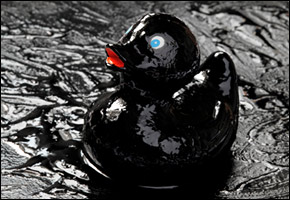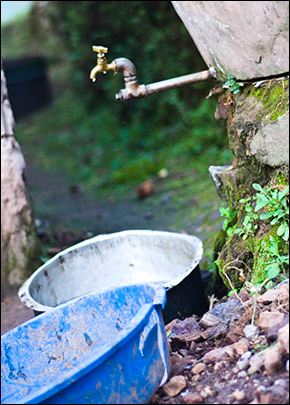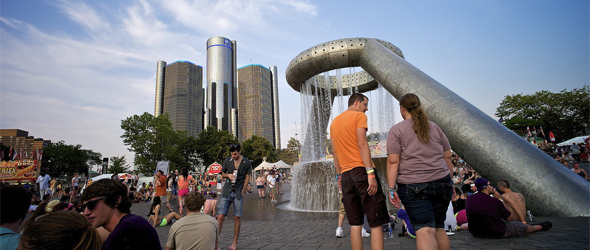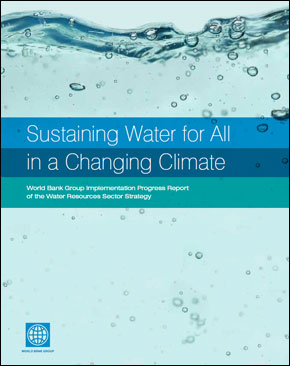The Battle for the “Greenest” Bottle

Following Pepsi and Nestle, Coca Cola is entering the race for the greenest water bottle. The company said last week that it will introduce a new plant-based plastic bottle, which is to debut in North America later this year, the Associated Press reported.
The so-called “PlantBottle” will be made from a mixture of petroleum-based materials and up to 30 percent plant-based materials, such as sugar cane and molasses. The fully recyclable packaging will be tested in target North American markets with Coca-Cola Co.’s leading water brand and certain sparkling brands.
Coca Cola is the latest major drink maker to try to boost its eco-friendly credentials through alternative packaging. In March, PepsiCo. Inc. said it would use lighter bottles for Aquafina, while Nestle Waters North America already sells lighter Ozarka water bottles in certain states.
Traditional plastic bottles are made from a petroleum-based resin known as polyethylene terephthalate, or PET. About one billion PET bottles are drained every week with only 18 percent to 23 percent being recycled, according to the Container Recycling Institute.
Source: Yahoo News, The Columbus Dispatch
, a Bulgaria native, is a Chicago-based reporter for Circle of Blue. She co-writes The Stream, a daily digest of international water news trends.
Interests: Europe, China, Environmental Policy, International Security.









As a 48 year old mother with 3 teenage daughters,and having recently been diagnosed with Fibroids I would like to se both green bottles and bottles that don’t pose a potential threat to womens health.I am sure this will open a can of worms but faced with a hysterectomy I avoid anything that will aggrevate my condition and will advise other women everywhere to do the same
30% plant based does not do anything for the environment. Now the bottle is using more resources to be made and it’s lower quality for recycling and still can’t be composted. All the articles I’ve read from recyclers in the UK (one of the most advanced countries in recycling) is that plant matter is no good for the recycling process and ruins their bottom line, just when recyclign was finally starting to work! A good example of green packaging is the London Closed Loop program where milk bottling companies are working together towards 100% recycling of the milk bottles back into milk bottles. This is the only way that recycling is sustainable.
Even if the bottles were fully biogradable, where would they be composted? We use them faster than they biodegrade so it would still not be sustainable. If then end up in the sea, they are no more safe to wildlife becasue the plastic bits will still be ingested by birds and fish as it breaks down. I’ve spoken to a few composting facilities in the UK last year and they had never heard of compostable plastic and usually separate all plastic out of their process because its too hard to tell the difference.
If the big companies want sustainable packaging they have to collaborate with the end of life people. A future vision could be that PET bottles are used and 99% recycled and filled in every town using renewable clean energy and creating local jobs with local profits staying in the town. That could be sustainable.
Or 100 percent biogradable bottles are used (not fuctional yet) and local composting facilites have 90% return rates and the composted with a full household waste composting scheme and the organic matter is used to create community gardens for local organic food.
Where ever possible, everyone should drink local water from a reusable cup or bottle. And where not possible yet, the mission should be to enable that to be possible by planting trees and creating landscapes which retain and clean water. This is a whole systems issue and must be tackled together by everyone in the system, not just material substitution.